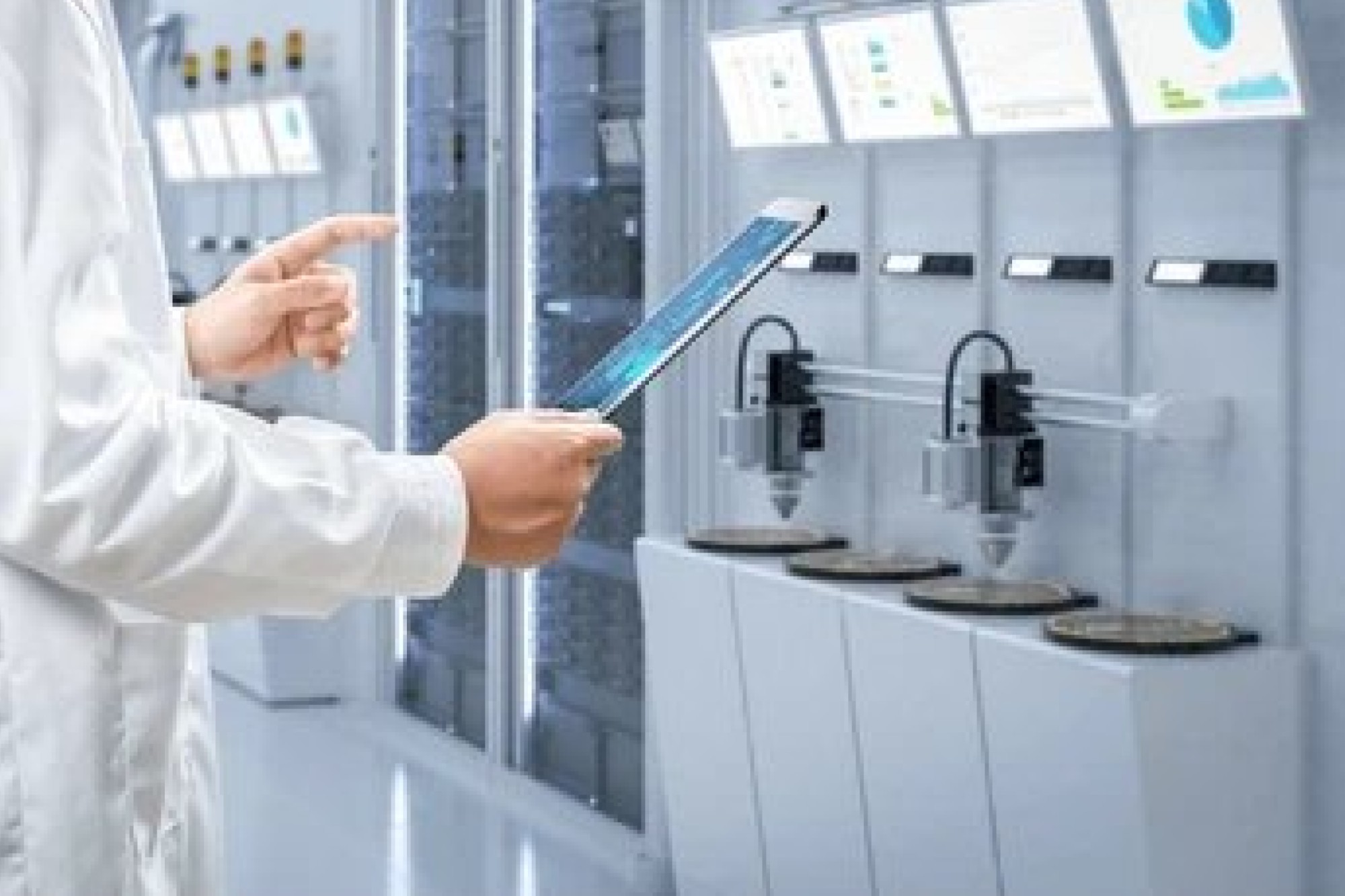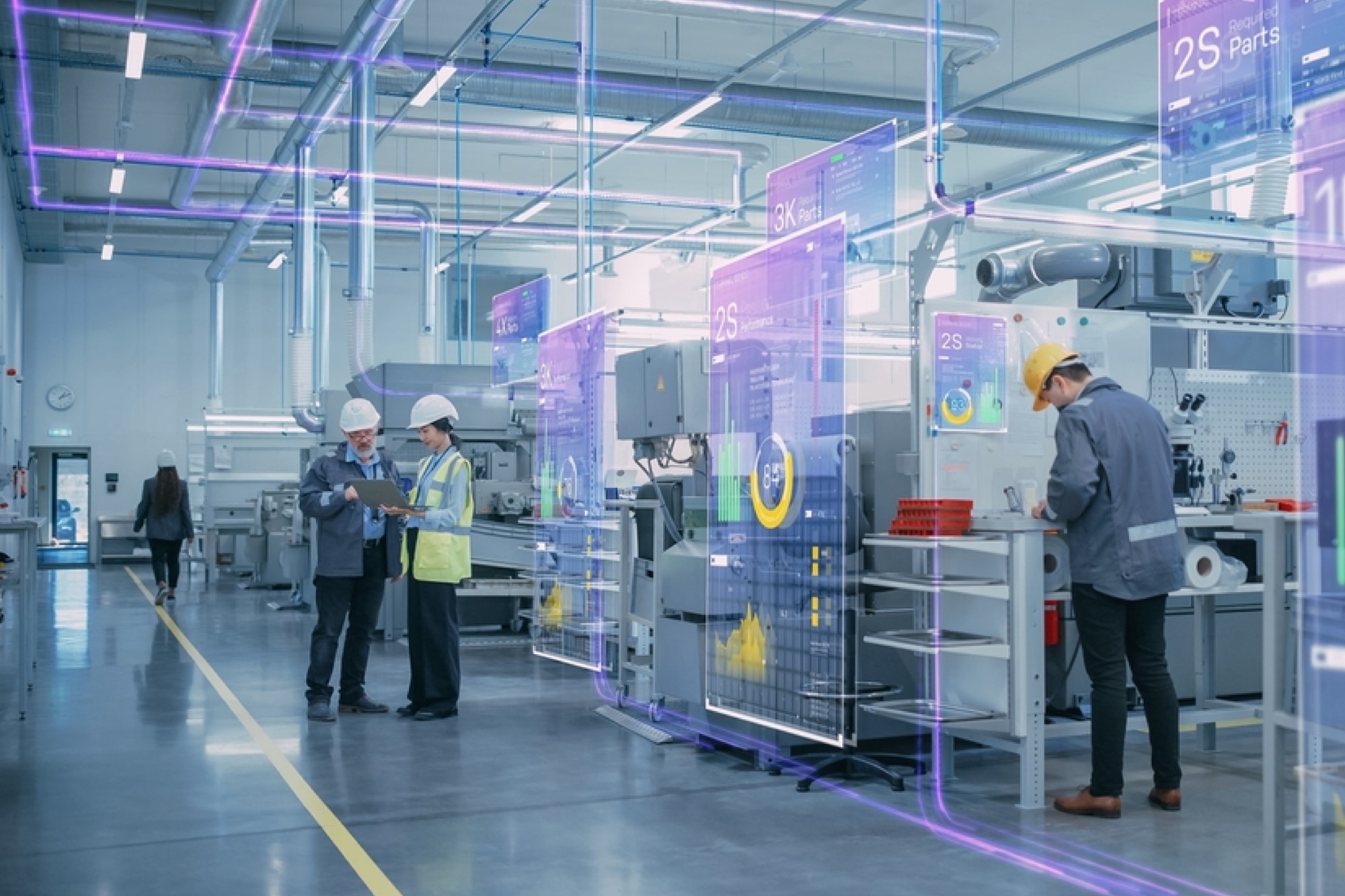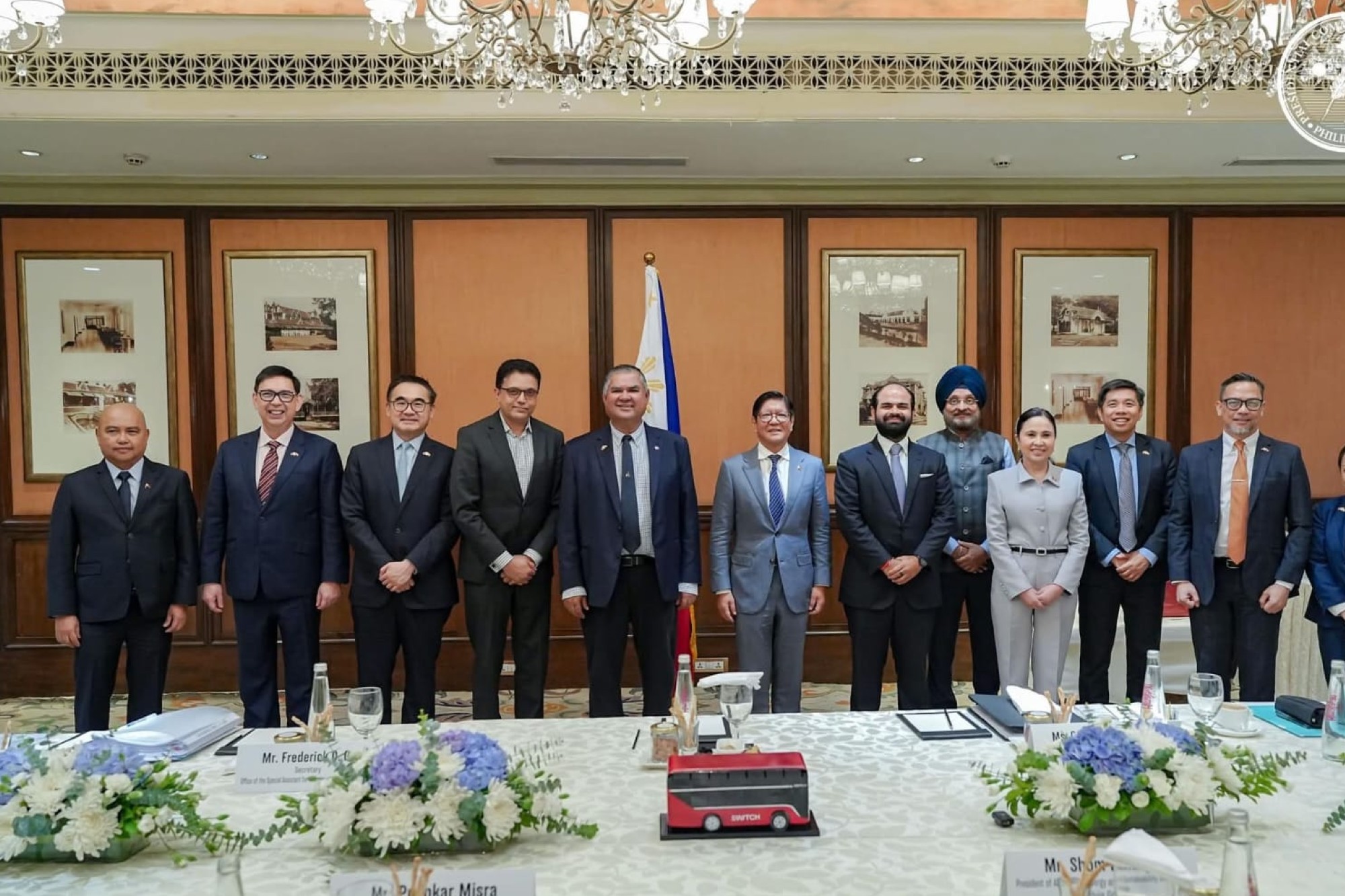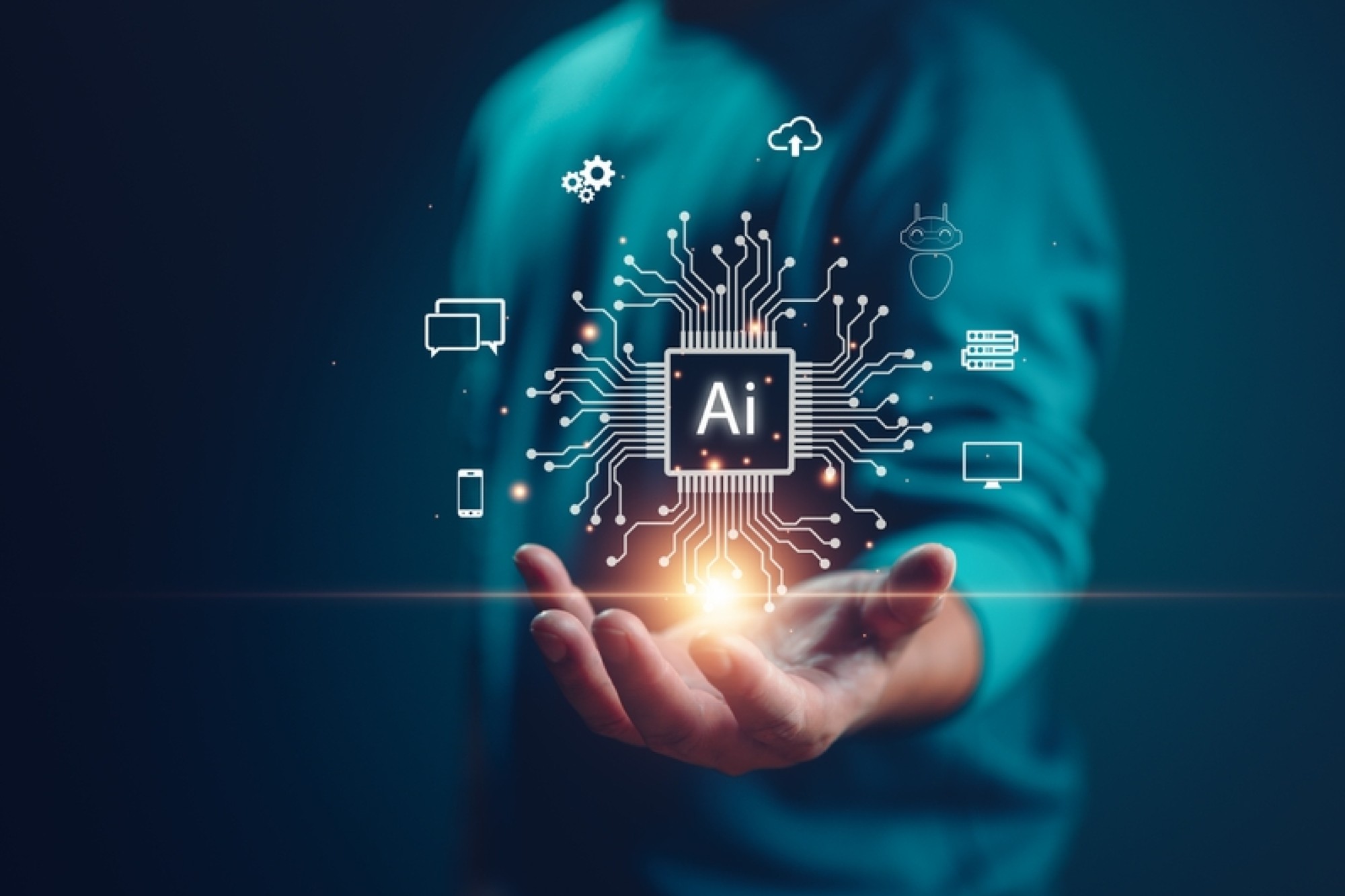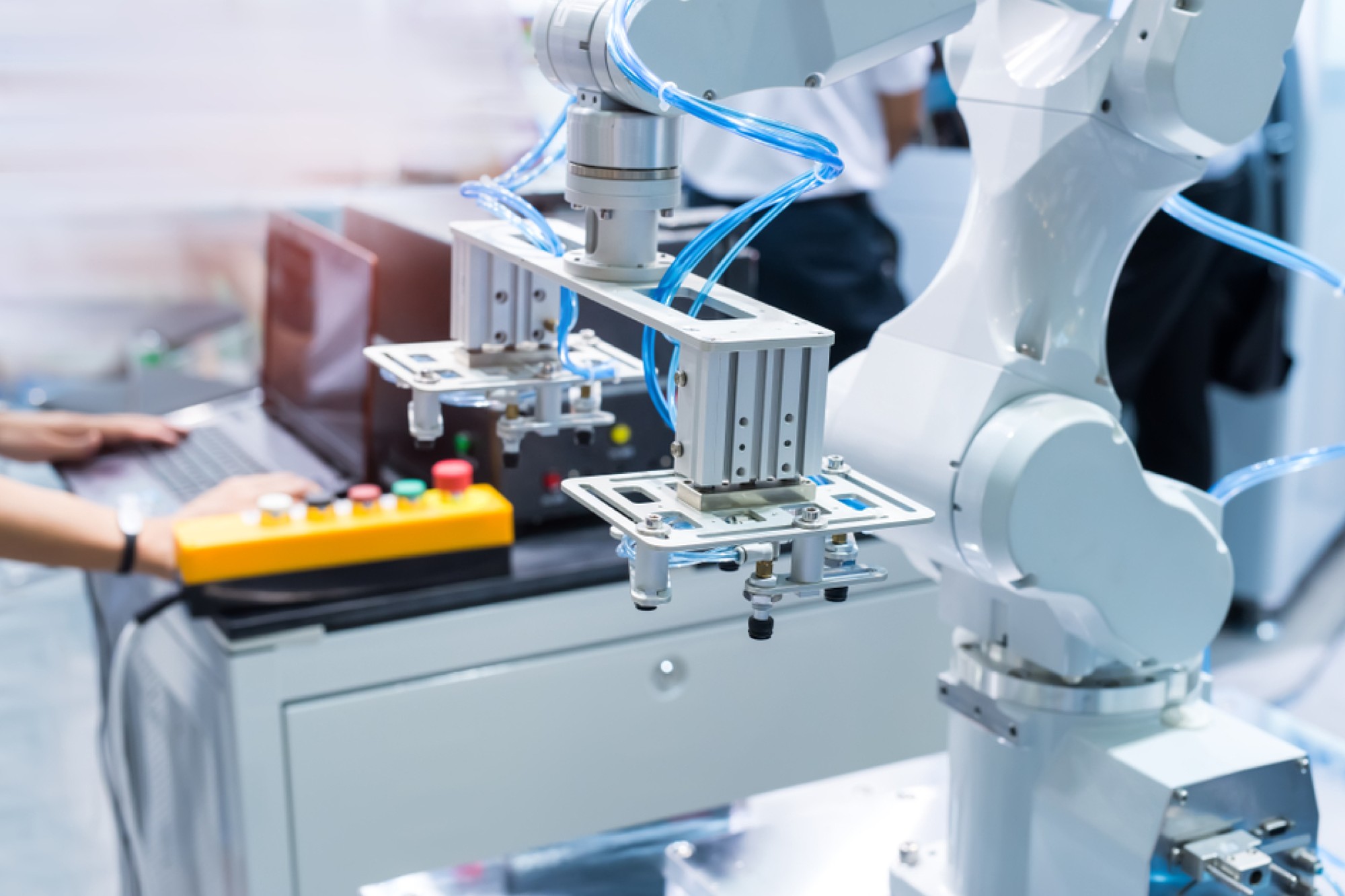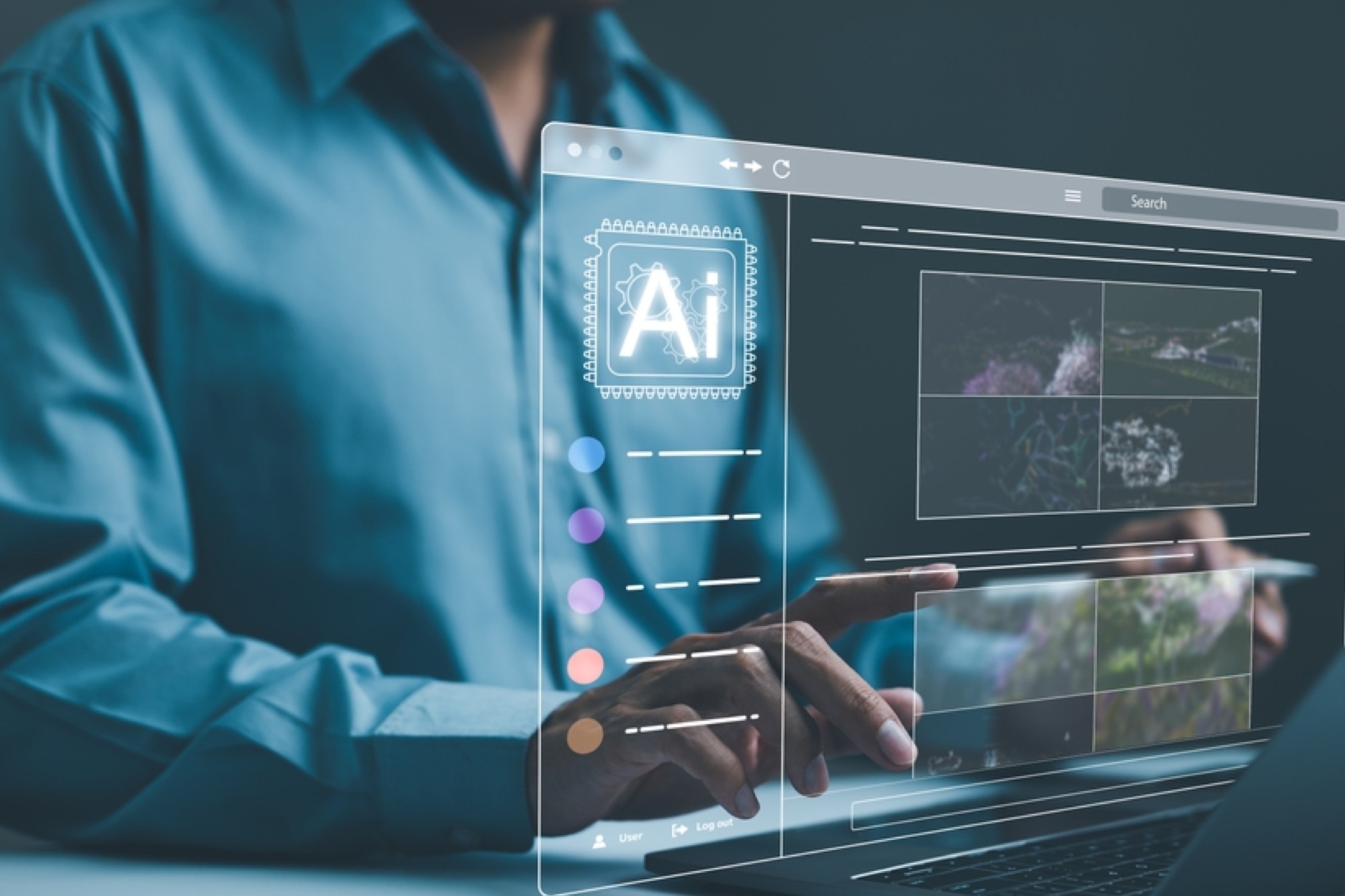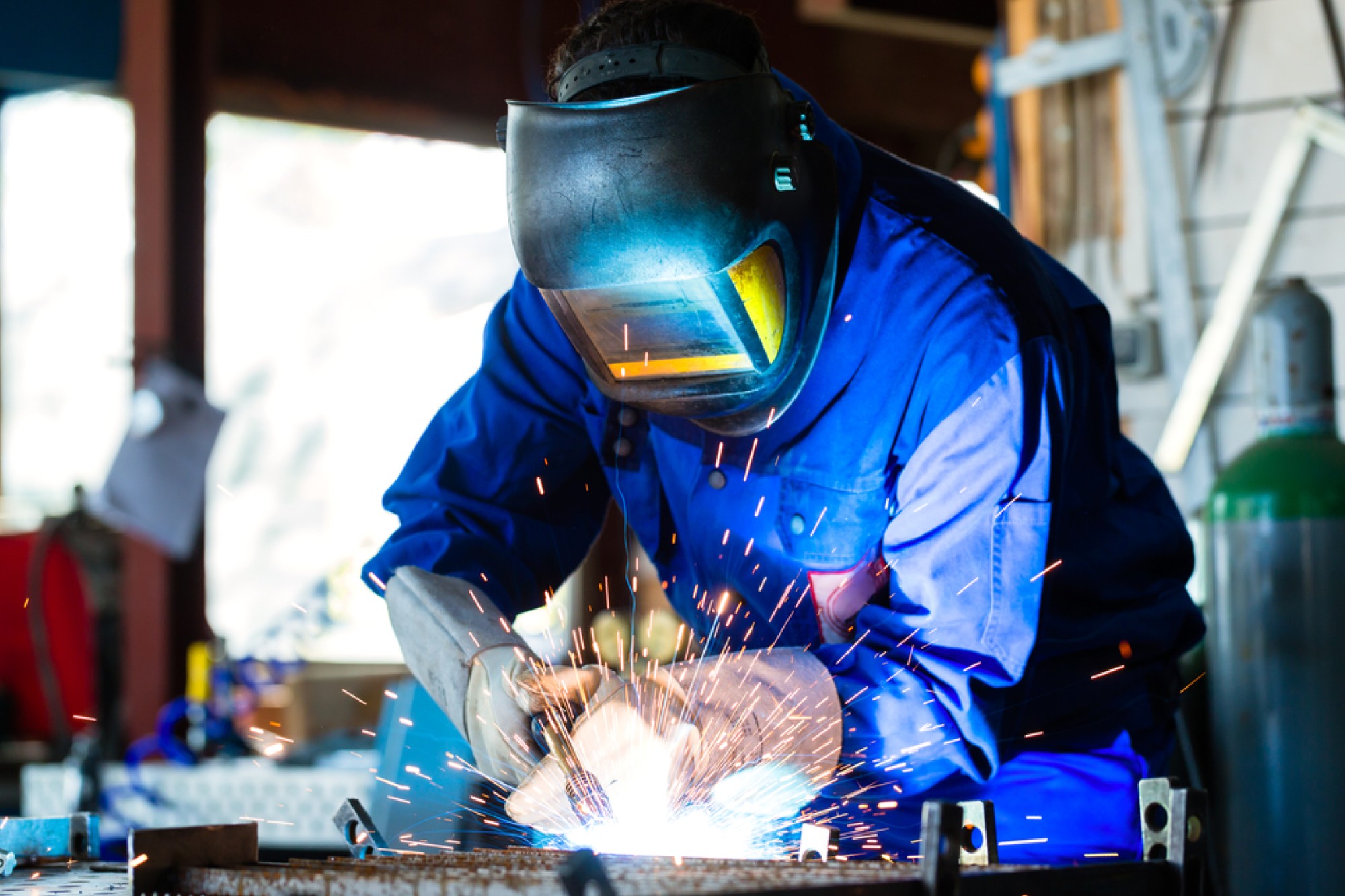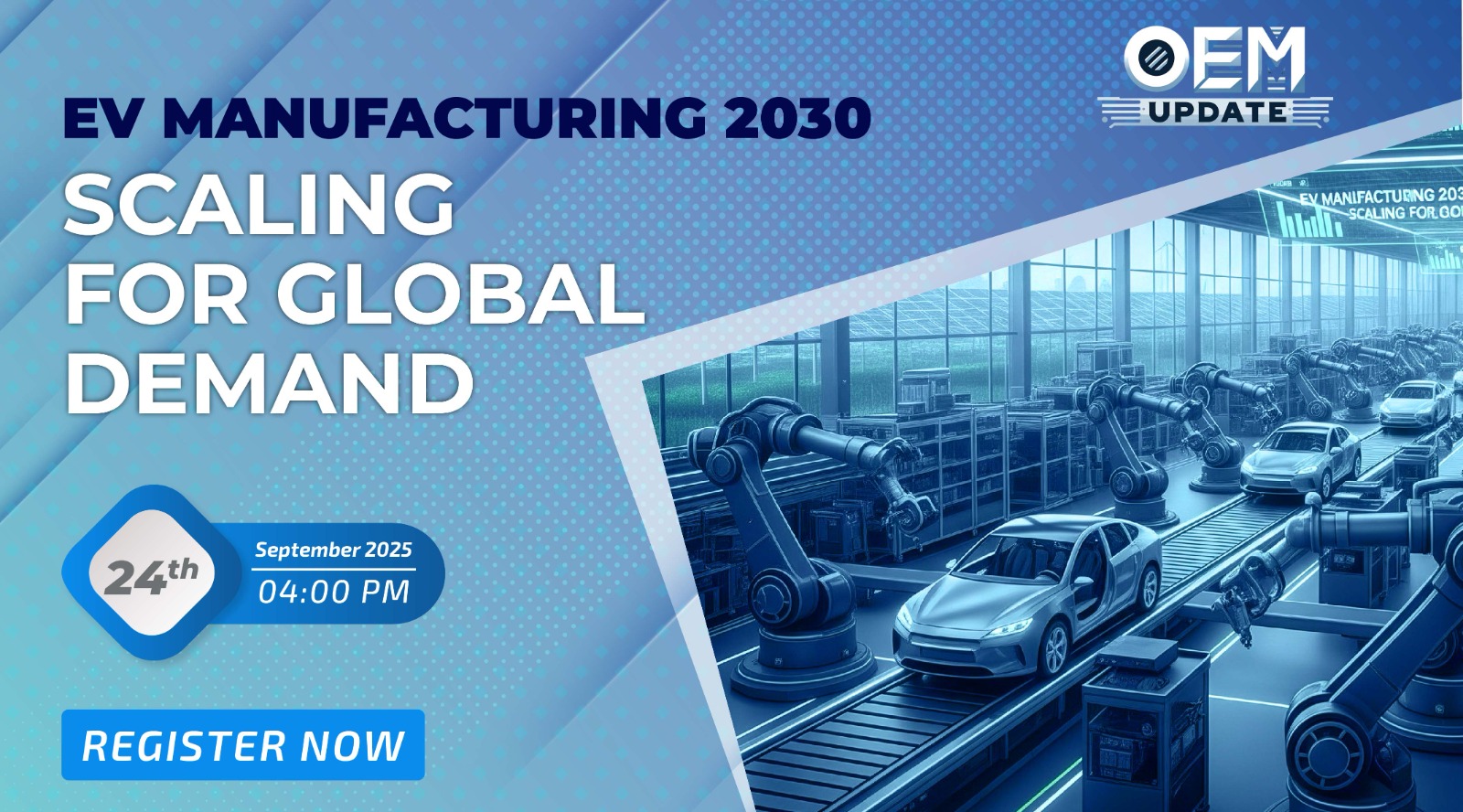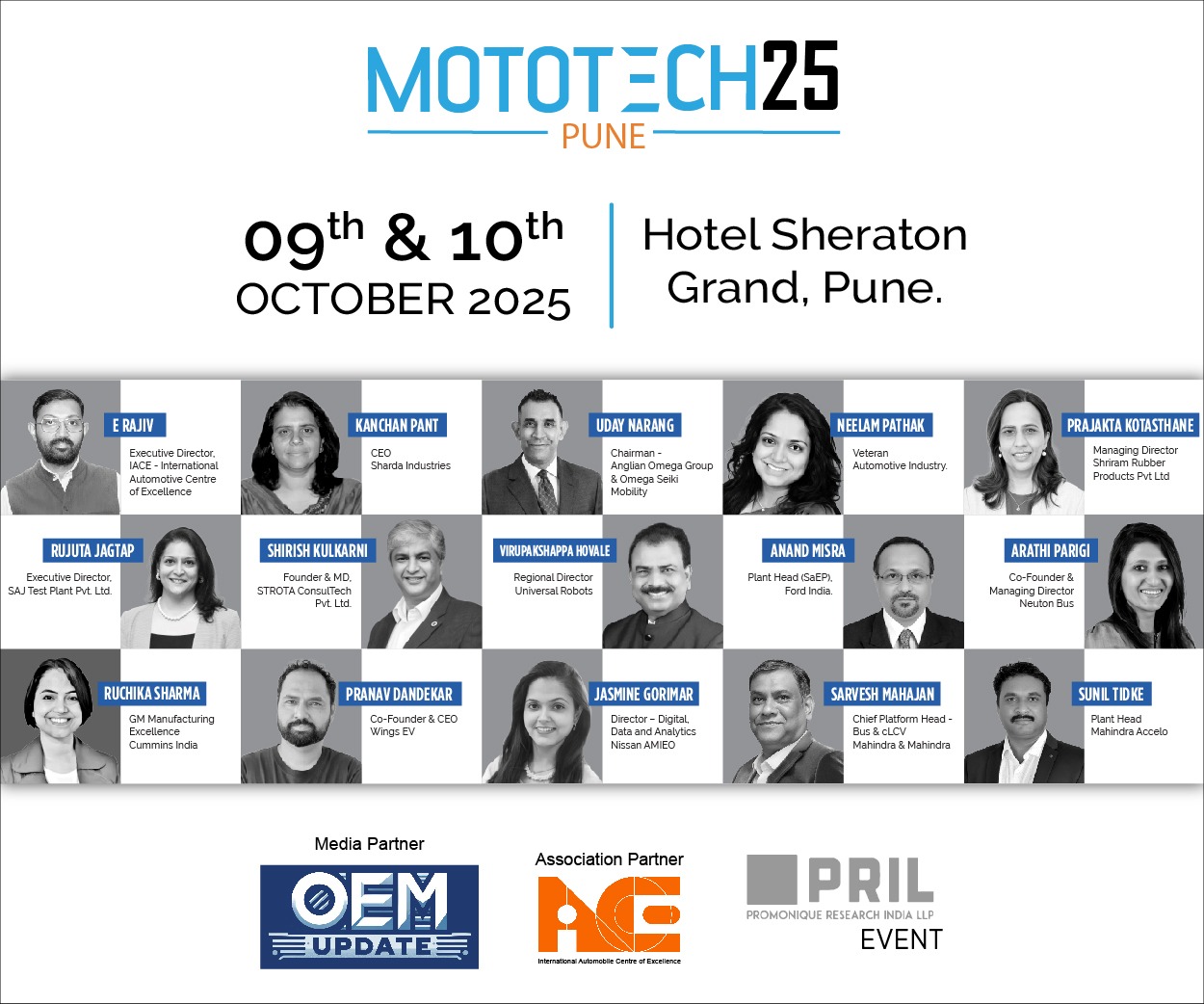Mechanical and Microstructural Characteristics of Cold Metal Transferred WAAM Steel Components
By OEM Update Editorial November 11, 2021 4:18 pm IST
Additive Manufacturing (AM) of metals is an innovative near-net-shaped manufacturing technology used for generating topologically optimised solid objects by depositing successive layers of material using a focused heat source.
According to ISO-ASTM 52900, AM is defined as the “process of joining materials to make parts from 3D model data, usually layer upon layer, as opposed to subtractive manufacturing and formative manufacturing methodologies.
Methodology adopted involves a cylindrical component, regulating the critical parameters like; Wire Feed Speed, Traverse Speed and Arc Length Correction, is fabricated through CMT – WAAM process using ER70S-6. CMT welding is an advanced material transfer process, in which an incorporated digital control system detects the contact of the electrode wire tip with the molten pool and activates the servomotor, to retract the wire through a push and pull electro mechanical process, which chiefly controls the droplet transfer.The microcontroller controls the feeding of the wire for the CMT process through independent feed motors. An initial high pulse of current is formed which formed an arc between the advancing electrode and the substrate that melt the electrode tip. The current is reduced following the pulse, as soon as a short circuit is indicated, the voltage reduces, the current is further reducing to a low background value and the wire is retracted, which leads to detachment of the molten droplet.
Conclusively, the CMT-WAAM process generates low-carbon components of high density without major defects. The variation in heat input levels has significant effects on the shape and stability of built cylindrical walls, but does not radically influence the microstructure evolution. The top region exhibited higher hardness than bottom region and the differences are attributed to the anisotropic behaviour of microstructure. The mechanical and metallurgical properties obtained are comparable to those of ER70S-6.
Cookie Consent
We use cookies to personalize your experience. By continuing to visit this website you agree to our Terms & Conditions, Privacy Policy and Cookie Policy.




